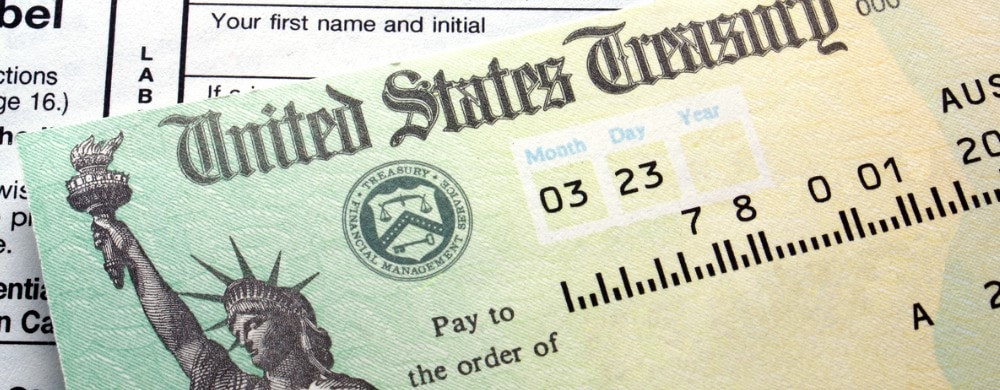Contact us and see what NetOwl can do for you!
Identity Resolution Helps Prevent Fraud in Government Benefits Programs

It’s Difficult for the Government to Determine What Benefits a Person Should Receive
The MITRE Corporation, a not-for-profit organization that supports the U.S. Government, recently issued the following statement:
“Applicant fraud or inadequate verification of eligibility to receive funds from many federal programs result in the improper payment of billions of dollars annually. An estimated 25 percent of the nearly $141 billion in 2017 improper payments occurred because agencies did not verify with certainty that the individuals paid were eligible.”
This difficulty in determining eligibility for benefit programs is common to many Government agencies. Basically, it is hard for them to know who to pay and what amount it should pay. The criteria for eligibility may be complex and may well require accessing data, both historical and current, across a number of Government databases. Determining eligibility may require a great deal of information about an individual or family, such as, among other items, income status, age of parents, etc.
How Identity Resolution Can Help
Let’s say you’re a Government program administrator who is running a program providing cash benefits to working individuals or families as a supplement when the other programs aren’t meeting their basic living needs. In administering this program, you also want to guard against fraud as well as things like applicant or agency errors. You’ll have to do this while accessing data from internal and external databases in order to get a clear, complete view of an individual or family. This will allow the administrator to determine if a recipient is getting the right mix of benefits from the right agencies.
This is obviously a daunting task. Matching records across different databases is not easy, and it requires a sophisticated approach. There is a technology, Identity Resolution, that can help. It is designed to detect similar names differing in multiple ways, including the following:
- Misspellings
- Nicknames
- Abbreviations
- Different word orders of name elements
- Missing elements
- etc.
In addition, Identity Resolution can find similar records based on a variety of record fields:
- Name
- Address
- Phone number
- Social security number
- Employer
Identity Resolution can also help administrators detect fraud. For instance, agencies can now check all new applicants against lists of known fraudsters who have tried to game the system. Agencies could find not only applicants matching known fraudsters’ names, but also those applicants whose names do not match fraudsters (because they may be using a different name), but who are determined via intelligent fuzzy name matching to share, for example, the same address or phone number with them, thus uncovering an attempt at fraud.
Advanced Identity Resolution
Advanced Identity Resolution systems utilize Machine Learning and AI to provide the most accurate results. They typically use a machine learning approach to perform high-accuracy fuzzy name matching of people, companies, addresses, phone numbers, etc. They will combine the evidence from multiple fields to calculate a similarity score. Advanced Identity Resolution will also have the ability to vary the importance of each record field for a match: in some cases the social security number field may be more heavily weighted, while in others the name and addresses fields are more important. These systems often provide a numerical ranking of the closeness of the match, with individual scores for each field matched as well as a combined score.
Summary
In sum, Identity Resolution is a technology that can promote real efficiencies and savings in benefits programs by preventing fraud and identifying the people who should be receiving benefits.



